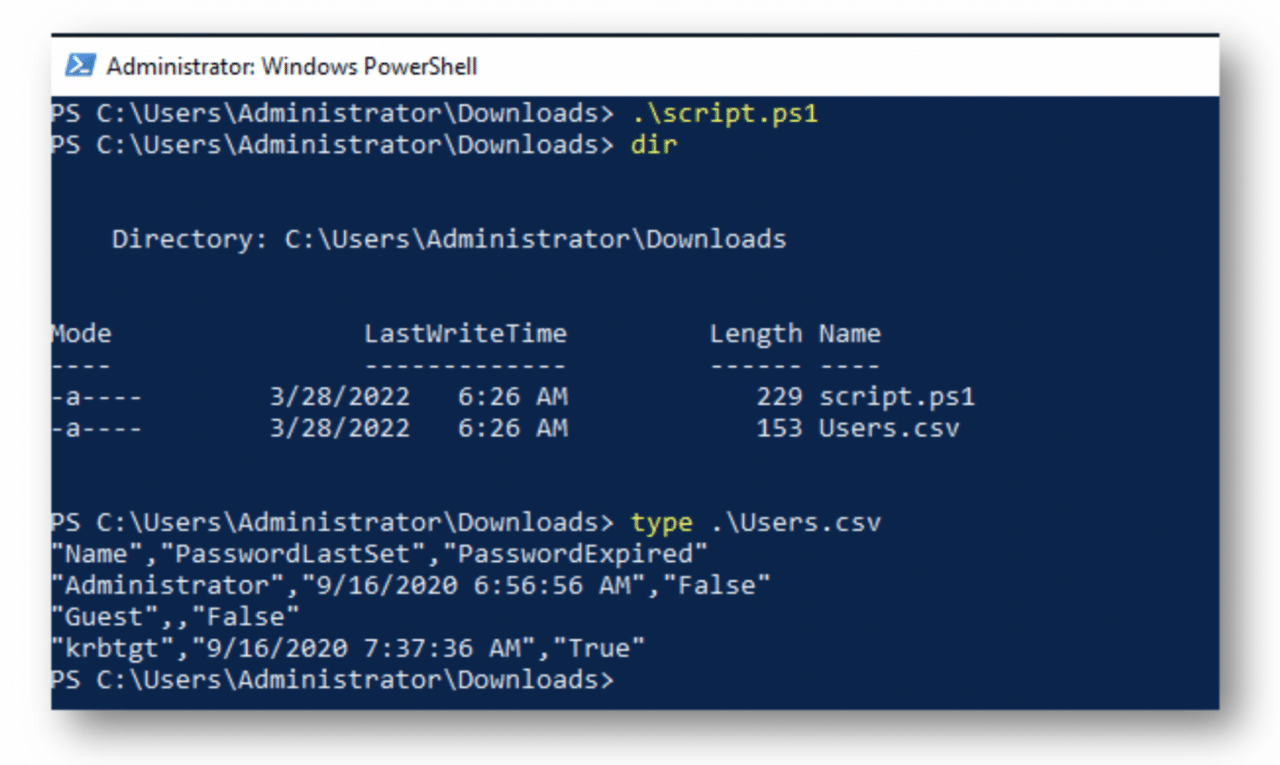
From Manual to Automated: Deploying PowerShell Scripts Made Easy
As an IT administrator, we know that managing Windows environments can be a daunting task. And one of the essential tasks in this is deploying PowerShell scripts. However, doing it manually can be a real headache. It’s a time-consuming process and requires high attention to detail, which can lead to inconsistencies and potential security risks. That’s why we need automation to streamline the process and improve IT management overall.
In this article, we’ll explore the benefits of automating PowerShell script deployment and show you how to get started with the process. So let’s dive in and see how you can make the transition from manual to automated PowerShell script deployment.
Why Automate PowerShell Script Deployment?
Deploying PowerShell scripts manually can be quite a hassle, especially when you have a lot of devices and users to manage. It’s time-consuming, and the manual approach can lead to errors and inconsistencies, which could compromise security and disrupt operations. That’s where automation comes in, making life easier for administrators. By automating the process of deploying PowerShell scripts, administrators can save valuable time, ensure consistency across all machines, and minimize the risk of errors. But automation has even more benefits beyond just saving time and ensuring accuracy. Automating PowerShell script deployment can help IT administrators be more proactive, respond faster to incidents, and ultimately improve the overall efficiency of IT management. It’s a win-win situation for both administrators and users.
At Prajwal Desai, we have a wealth of information on PowerShell deployment and data that can be beneficial to you. With our guidance, you’ll be able to deploy PowerShell scripts with ease and get the most out of your Windows environment.
Getting Started with PowerShell Script Deployment
If you’re looking to deploy PowerShell scripts, there are a few basic steps to follow. Firstly, you’ll need a script editor, like PowerShell ISE or Visual Studio Code, to create your script. You’ll also need a repository and a deployment method to get your script to your target devices. Make sure to test your script to ensure it works correctly, and once everything is set up, you’re good to go! With a bit of automation, you can streamline the whole process and save yourself some valuable time.
Deploying PowerShell Scripts with Intune (MEM)
Intune is a cloud-based service that is part of Microsoft Endpoint Manager. It’s a popular deployment method for PowerShell scripts and provides administrators with a secure and unified way to manage and deploy software and policies to devices. With Intune, deploying PowerShell scripts is straightforward – administrators can create a new script deployment profile, specify the script location, and add any additional parameters or conditions as needed. Once the deployment profile is set up, Intune will automatically deploy the script to the target devices according to the profile settings. This can save administrators time and effort and ensure consistency and accuracy in script deployment. If you’re looking for a more detailed step-by-step guide on how to deploy PowerShell scripts with Intune or any other deployment method, you can check out Prajwal Desai’s website.
Alternative Methods for Deploying PowerShell Scripts
In addition to Intune, there are other methods that can be used to deploy PowerShell scripts depending on the organization’s needs. For instance, Group Policy can be utilized to deploy scripts to devices within a domain environment. SCCM (System Center Configuration Manager) is another option for deploying scripts to devices on a larger scale, while Azure Automation can be used to deploy scripts to devices in the cloud.
Choosing the right deployment method can depend on various factors, such as the size of the organization, the location of target devices, and the level of control and customization required. So, it’s important for administrators to carefully consider their options before deciding which deployment method to use. For a more detailed look at each method, you can visit Prajwal Desai’s website.
Best Practices for PowerShell Script Deployment
To ensure successful deployment and minimize the risk of errors, there are several best practices that administrators should follow when deploying PowerShell scripts. These include:
- Documenting scripts and deployment processes for future reference
- Testing scripts in a lab environment before deploying to production
- Using version control to manage script changes
- Using error handling to troubleshoot issues
- Using conditional logic to control script execution based on user and device conditions
By following these best practices, administrators can ensure that PowerShell script deployment is efficient, accurate, and secure.
Conclusion
In conclusion, deploying PowerShell scripts can be a tedious and time-consuming task for IT administrators, especially in larger organizations. But automation can help streamline the process, save time, and minimize errors. By understanding the basic steps involved in the process and choosing the right deployment method for the organization’s needs, administrators can improve the overall efficiency and effectiveness of IT management. Whether it’s Intune, Group Policy, SCCM, or Azure Automation, there are plenty of options available for automating PowerShell script deployment. So why not explore them and make your life as an IT administrator a little easier?







